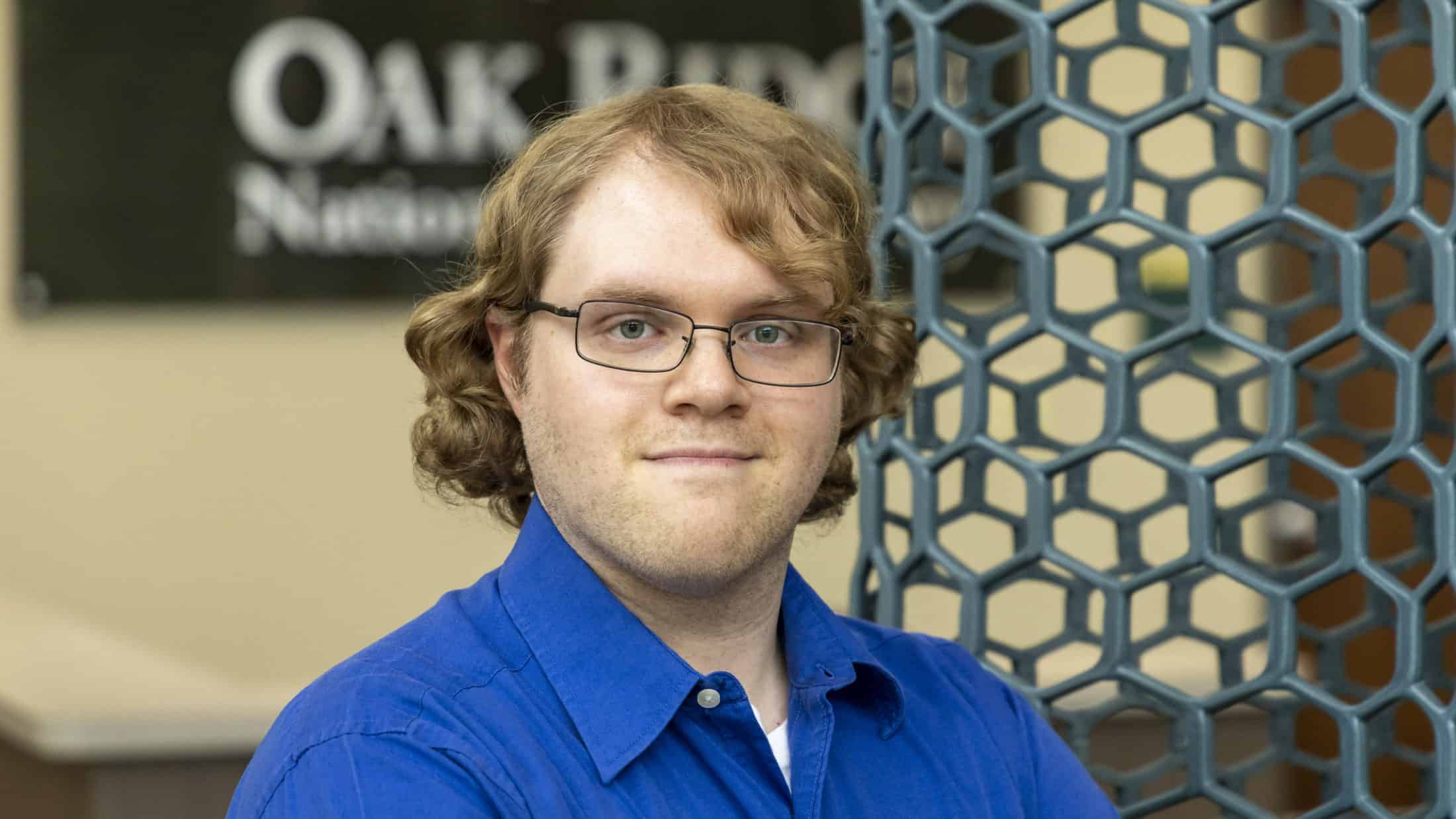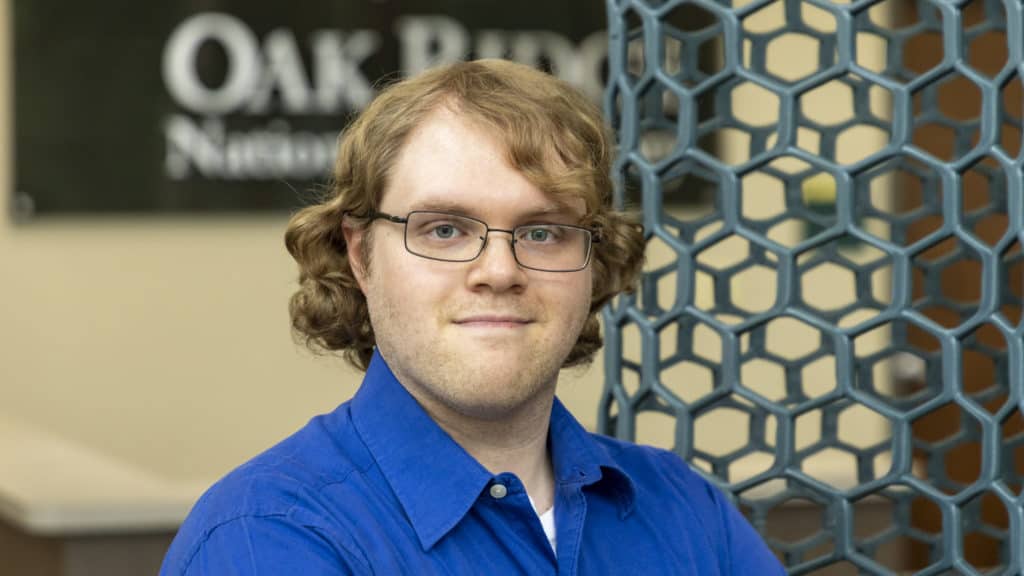
NERS PhD Alum Stephen Taller receives DOE Rapid Turnaround Experiment award
The award will allow Taller to use the Michigan Ion Beam Laboratory to perform in-situ dual ion beam irradiation.

The award will allow Taller to use the Michigan Ion Beam Laboratory to perform in-situ dual ion beam irradiation.

Dr. Stephen Taller, an alum of the U-M Department of Nuclear Engineering & Radiological Sciences (NERS), has been awarded a Rapid Turnaround Experiment (RTE) project from the U.S. Department of Energy – Office of Nuclear Energy (DOE-NE) Nuclear Science User Facilities (NSUF). Part of Taller’s research will be conducted at NERS in the Michigan Ion Beam Laboratory (MIBL).
Taller received his PhD from NERS in January 2020 and then worked as a postdoc with Prof. Gary Was in MIBL. He is currently an Alvin M. Weinberg Fellow at Oak Ridge National Laboratory (ORNL). He received the fellowship for his research into radiation effects in commercial nuclear materials and emerging material systems. The award enables supplementary experiments to add to Taller’s ongoing research projects at ORNL and to have a better understanding of additively manufactured nickel-based superalloys for advanced reactor applications.
Taller’s research is based on the challenges of the structural materials used for high-temperature advanced reactors. Nickel-based superalloys are a candidate alloy class because of their intrinsic resistance to creep, adequate corrosion resistance, and the ability to tailor the microstructure for high strength through controlled precipitate formation. In reactors, the absorption of transmutation-produced helium at grain boundaries becomes a key factor in the propagation of cracks. Taller’s research will examine how the precipitate-lattice interfaces can act as benign locations in the microstructure to trap helium, reducing the detrimental accumulation of helium and the formation of cavities at grain boundaries. This RTE award will give him access to MIBL, where he’ll perform in-situ dual ion beam irradiation with direct TEM observation.
In the south target room of MIBL, two beamlines, BL6 and BL8, are connected to the 300 kV Tecnai Fisher Scientific TEM. BL6 can deliver ions from the 400 kV NEC ion implanter into the microscope while BL8 can deliver low-energy helium beams. Taller will use the two beamlines with the high-temperature sample holder to observe the nucleation and growth of helium-induced bubbles in an example nickel-based superalloy as a function of temperature. “I think it will be a challenging set of experiments to set up and perform with interesting knowledge to gain,” he said.
“Ever since the transmission electron microscope was commissioned in 2018 in MIBL while I was still a student in NERS,” Taller said, “I have been contemplating the types of experiments and the breadth of knowledge a dual ion beam irradiation experiment inside a TEM can discover. There are only a handful of laboratories around the world capable of this type of experiment and I feel grateful to be able to work with MIBL through this award.”
According to the DOE, the selection process for awarding RTE projects is driven by several factors including technical approach, DOE-NE’s mission relevance, and scientific-technical merit. Through the RTE solicitation, a researcher can apply for no-cost access to NSUF’s capabilities located across the United States.
“My long-term objective is to see the continued use of nuclear technology for widespread electricity generation through the development of radiation-resistant materials,” Taller said. “There are a lot of good ideas that need knowledge of radiation damage in materials to make that jump from paper to reality. I am using the knowledge of helium effects from my PhD and this fellowship at ORNL to continue research into radiation effects in commercial nuclear materials and emerging material systems in pursuit of my goal of seeing nuclear energy prosper in a safe and sustainable manner.”